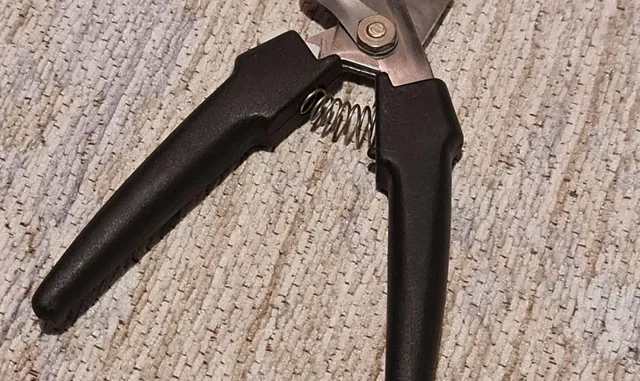
The History, Usage, and Legacy of Dog Nail Clippers A Brief History Dog nail clippers, a pivotal grooming tool, have a history entwined with the evolution of pet care. The concept of grooming pets dates back thousands of years. Ancient civilizations, including the Egyptians and Greeks, are known to have kept dogs as pets, valuing them for companionship and practical purposes such as hunting and guarding. While these ancient societies lacked modern grooming tools, they recognized the importance of maintaining their animals’ well-being.
The modern dog nail clipper likely emerged in the 19th and 20th centuries alongside advancements in veterinary medicine and pet care. As domesticated dogs became more common household companions, the necessity for specialized grooming tools grew. Early iterations of dog nail clippers were rudimentary, often resembling basic scissors or small pliers. With time, they became more refined, tailored specifically to address the unique needs of canine claws.
Usage and Types Dog nail clippers are engineered to trim a dog’s nails safely and effectively, averting overgrowth and associated health issues. Regular nail trimming is vital for upholding a dog’s overall health and comfort. Overgrown nails can induce pain, discomfort, and potential injury, as well as causing abnormal gait and posture.
There are several types of dog nail clippers, each fulfilling a specific purpose and catering to different preferences:
Scissor-Style Clippers: Bearing a resemblance to small, sturdy scissors, these clippers are ideal for small to medium-sized dogs. They offer precision and control, making them suitable for dogs with thinner nails. Guillotine-Style Clippers: Characterized by a hole where the dog’s nail is inserted and a blade that slices through when squeezed, guillotine clippers are best for small to medium-sized dogs. They provide ease of use and are especially helpful for beginners. Pliers-Style Clippers: These clippers resemble pliers and are tailored for larger dogs with thick, tough nails. They deliver a strong, clean cut and are built to withstand the extra pressure needed for larger nails. Grinders: Serving as an alternative to traditional clippers, nail grinders utilize a rotating file to gradually wear down the nail. They are suitable for all sizes of dogs and can be particularly useful for dogs that are anxious about clippers. Proper Usage Using dog nail clippers correctly is imperative to avoid causing pain or injury to the dog. Here are some steps to adhere to:
Choose the Right Clippers: Select a clipper type appropriate for your dog’s size and nail thickness. Calm Your Dog: Ensure your dog is relaxed and comfortable. Utilize treats and positive reinforcement to create a tranquil environment. Inspect the Nails: Identify the quick, the sensitive part of the nail that contains blood vessels and nerves. Refrain from cutting into the quick to prevent pain and bleeding. Trim in Small Increments: Gradually trim the nails, removing small sections at a time. This diminishes the risk of cutting into the quick. Smooth the Edges: Utilize a file or grinder to smooth rough edges after clipping. Legacy and Modern Importance The evolution and utilization of dog nail clippers epitomize a broader trend towards enhanced pet care and grooming standards. In contemporary times, dog nail clippers have become an indispensable tool in every pet owner’s arsenal, reflecting a dedication to responsible pet ownership and animal welfare.
Advancements in materials and design have rendered dog nail clippers more efficient and user-friendly, catering to the needs of both pets and their owners. Ergonomic handles, safety guards, and high-quality stainless steel blades are among the features that have enhanced the functionality of nail clippers.
Furthermore, the legacy of dog nail clippers extends to professional grooming and veterinary practices. Professional groomers and veterinarians rely on these tools to ensure the health and hygiene of dogs, emphasizing their significance in comprehensive animal care.
Conclusion Dog nail clippers boast a rich history and fulfill a crucial role in maintaining canine health. From their rudimentary origins to contemporary, sophisticated designs, these tools have evolved to meet the needs of both pets and their owners. Their legacy continues to underscore the importance of regular grooming and responsible pet care, ensuring that dogs lead comfortable and healthy lives.
Leave a Reply